Author: | Tobias Zengerle |
|---|---|
| Supervisor: | Prof. Gudrun Klinker |
| Advisor: | David Plecher (@ne23mux) |
| Submission Date: | 15.06.2023 |
Abstract
Extended Reality (XR) is seeing a massive rise in interest for the use in educational contexts, with a number of studies hinting at beneficial effects on learning outcome when using immersive XR platforms, compared to classic educational approaches. However, since the necessary hardware has only recently become more accessible and consumer level XR is just now beginning to push towards more widespread use, these technologies have yet to fully arrive in everyday university teaching. In this thesis, we will explore how modern XR technologies can be utilized to create new types of access to knowledge and investigate how they can enhance the learning experience in actual day-to-day universitary practice. To this end, we partnered with the LMU chair of physics education and developed an immersive Virtual Reality (VR) application for their optical physics lab course for students of human medicine. The resulting application will be evaluated in two stages. Stage one is contained in this thesis and will see us conduct a usability study. Here, we explore the level of user acceptance for XR applications as a replacement for traditional study setups, while also aiming to identify any existing usability hurdles. Future work will entail a second evaluation stage, that investigates potential learning benefits of the application during field use in real universitary teaching. The stage one evaluation of the application yielded a System Usability Score of 82.53, putting it in the 90-95 percentile range of applications in terms of usability and earning it the second highest possible ranking. With this, a solid groundwork has been laid for an accessible learning experience in future usage of the application.
Project Description
As an alternative to the current analogous lab course procedure, we want to propose an immersive VR learning application for the teaching of optical physics. The shift into the virtual worlds allows us a number of benefits compared to the traditional optical rail experiment. While this experiment is well suited to cement the students knowledge of optical physics through a hands on approach, it is also highly abstract and far removed from the actual subject matter of the human eye. We however, intend to present the same content in a way that is much closer to the medical domain and thus, hopefully, easier accessible to students of human medicine. Therefore, in our application the students will perform the optical experiments on an enlarged cross-sectional model of the eye. This model covers all the basic optical principles that can be investigated through the optical
rail and provides additional visualizations for them, that are only possible through the use of XR technologies. Going beyond the optical basics, the eye model also incorporates simulated physiological behavior to convey how these principles are practically applied in the human visual organ.
Conclusion
As part of this thesis, a VR learning application has been created that can be used in teaching optical physics to students of human medicine, as a replacement for the classic optical rail experiment. The applications enables students to engage hands on with the basic concepts of geometrical optics, utilizing an interactive eye model with simulated physical and physiological behavior.
We initially set out to create a VR learning environment that provides students with clear and descriptive visualizations of the optical principles involved in human vision. At the same time, the application should exhibit a strong degree of usability, to ensure that students will not be held up by poorly usable interactions in the upcoming learning study or the lab course use beyond.
The conducted usability study indicated that we were successful in both these regards. The evaluated data shows that our application is highly accessible and easy to use, even for first time VR users. Additionally, the handed out questionnaire revealed a large level of satisfaction with the visualization techniques used to illustrate the various taught concepts and with the hands on nature of the engagement. More generally, the responses provided by the participants also hinted at great deal of openness to the concept of using VR applications in university lab course settings.
Further, we have analyzed the study results and the provided feedback and have devised a plan to alleviate the last remaining points of friction in terms of usability and to further enhance the immersion of the engagement. Building on the foundation we laid out, future work will aim at implementing these improvements and finalize the LIN-VR application to be ready for the use in the optics lab course.
